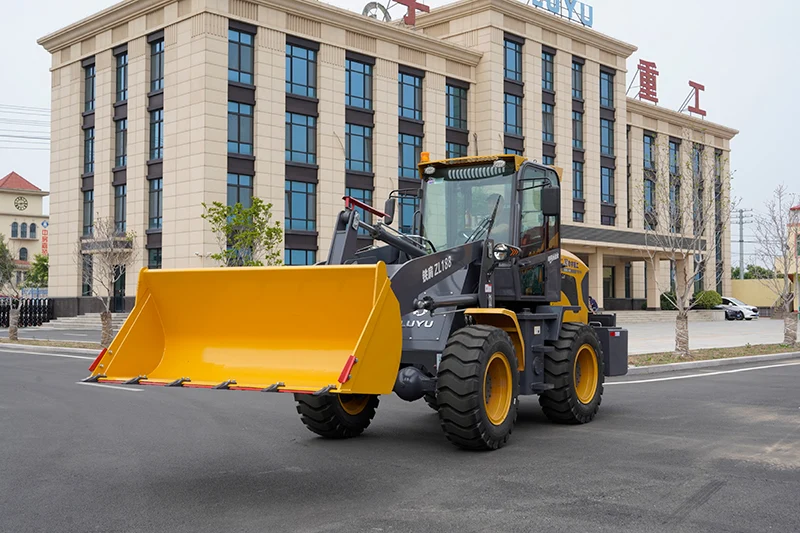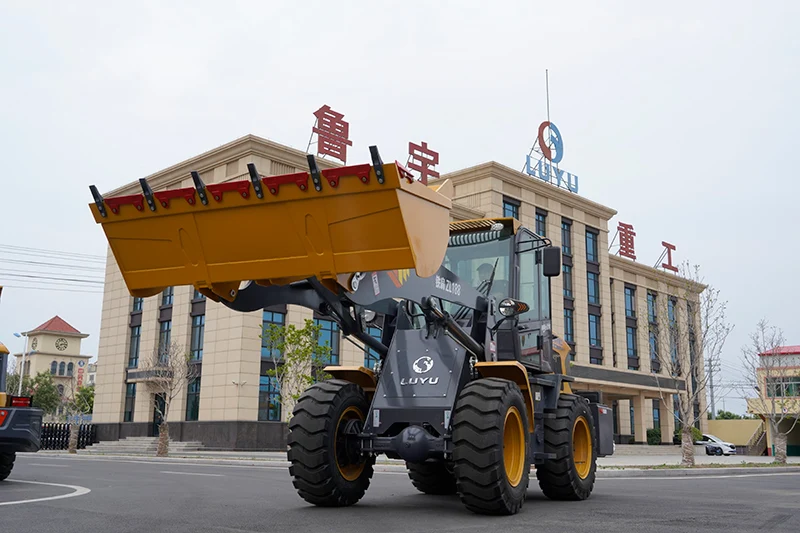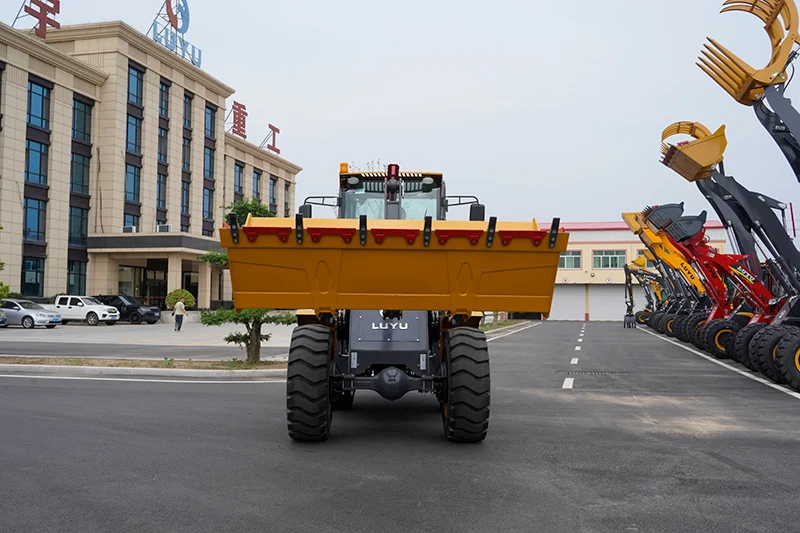Consider your intended purpose of buying a wheel loader
Think about how you plan to use the front loader. List the tasks you wish to perform. Take this list with you when you go shopping. It will help you determine how much horsepower you need; how heavy your machine should be and what hydraulic flow and configuration you should be looking for.
Operates more demanding accessories such as mulches and snow blowers. While a standard flow hydraulic system will sometimes provide the appearance of running high flow attachments, the performance will be disappointing. Know the hydraulic flow you need.

Consider the bucket capacity of buying a wheel loader
Buckets are the most common attachment on a wheel loader, so it’s important to know the loader’s capacity. Capacity is usually measured in cubic yards—equivalent to stacking material one-yard-high, one-yard-wide, and one-yard-deep—or about nine trolley loads. Subcompact loaders are limited to one cubic yard or less of material. Compact machines can typically lift 2 or 3 cubic yards, while medium and large loaders can lift up to 20 cubic yards or more. Bucket size is determined by engine output, hydraulic flow and machine weight. Get a loader with the required capacity.

Consider the lift height of buying a wheel loader
Wheel loaders have a lift height commensurate with their size and weight. Compact loaders are designed for relatively short lifts (lifting potted plants onto trailers, loading pallets, hauling and dumping dirt). Larger loaders can extend over the sides of dump trucks, reach overhead, or lift long uprights into place. So smaller machines can typically lift buckets to 8 to 10 feet, while medium machines can lift to 12 to 14 feet. Larger loaders can reach 25 feet or more. Make sure your loader can raise its arms high enough to perform the task you want.

Consider the articulated connection of buying a wheel loader
Fixed frame loaders can do anything a flexible frame loader can do – but not as flexible. Articulated loaders have a pivot joint in the middle that allows it to “bend” when cornering, so it reduces the turning radius compared to rigid frame machines. Some manufacturers offer all-wheel steering, which allows the rear wheels on the loader to turn in sync with the front wheels. This also reduces the turning radius, but at a small cost to stability. If your job site doesn’t require sharp turns, a more complex system is not a factor in your machine choice.
LUYU Machinery can provide customers with various types of wheel loaders. For more information about wheel loaders, please contact us.